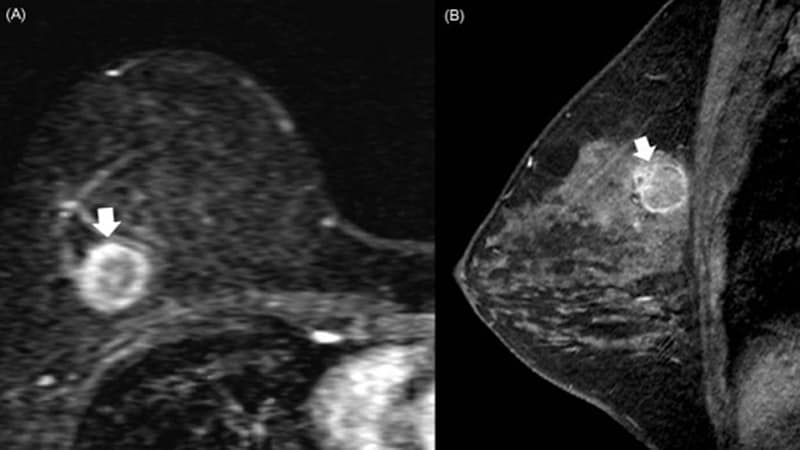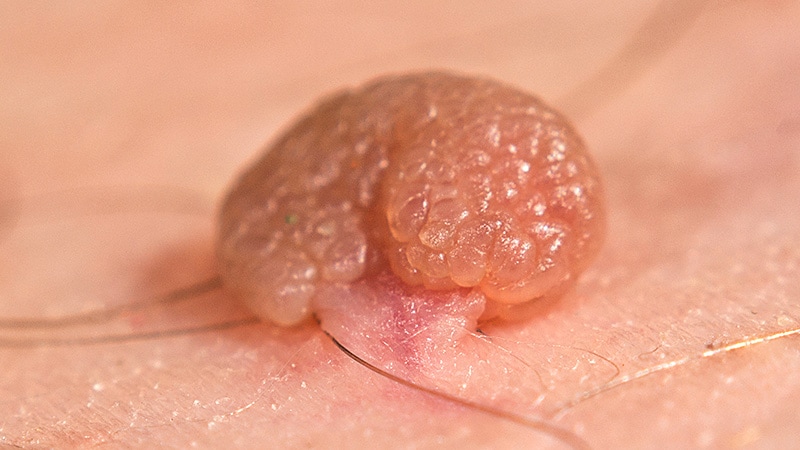The Mine Safety and Health Administration (MSHA) has announced a new final rule designed to protect miners from the dangers of exposure to silica dust, according to a press release from the US Department of Labor.
Respirable crystalline silica, also known as silica dust or quartz dust, is a known carcinogen associated with a range of serious health conditions including silicosis, lung cancer, progressive massive fibrosis, chronic bronchitis, and kidney disease.
The MSHA final rule reduces the permissible exposure limit of respirable crystalline silica to 50 micrograms per cubic meter of air for a miner's full-shift exposure, which was calculated as an 8-hour time-weighted average. If a miner's exposure exceeds this limit, mine operators must take immediate action to comply with it, according to the new final rule.
"It is unconscionable that our nation's miners have worked without adequate protection from silica dust despite it being a known health hazard for decades," said Department of Labor acting secretary Julie Su, in the press release. "The Department of Labor has taken an important action to finally reduce miners' exposure to toxic silica dust and protect them from suffering from preventable diseases," she said.
The final rule requires mine operators to prevent miners' overexposures by using engineering controls and to use environmental evaluations and dust samplings to monitor their exposures. The rule also updates standards for respiratory protection to include the latest advances in equipment and practices to safeguard miners against a range of airborne hazards including silica dust, diesel particulate matter, and asbestos.
In addition, the rule requires metal and nonmetal mine operators to establish medical surveillance programs and provide periodic health examinations to minors at no cost, similar to existing programs for coal miners, according to the press release.
Implementation of the rule will result in approximately 1067 lifetime avoided deaths and 3746 lifetime avoided cases of silica-related illness, according to MSHA.
"Congress gave MSHA the authority to regulate toxic substances to protect miners from health hazards and made clear in the Mine Act that miners' health and safety must always be our first priority and concern," said Chris Williamson, assistant secretary for mine safety and health, in the press release. "To further advance this directive, MSHA is committed to working together with everyone in the mining community to implement this rule successfully. No miner should ever have to sacrifice their health or lungs to provide for their family," he said.

.webp) 2 weeks ago
7
2 weeks ago
7
























 English (US)
English (US)